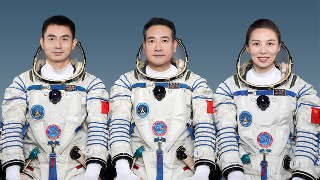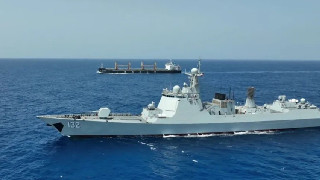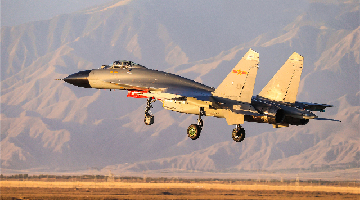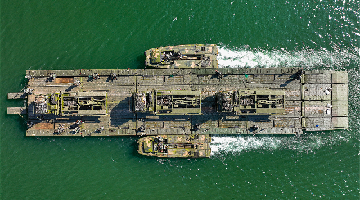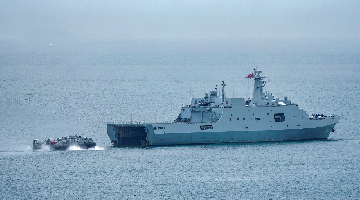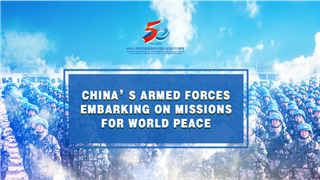By Guo Yilun
It is reported that Japanese Minister of Defense Kishi Nobuo said Japan planned to deploy a UAV fleet at the Japanese Maritime Self-Defence Force (JMSDF) Kanoya Air Base in July. To that end, Japan would introduce eight US-made unmanned surveillance planes MQ-9 Reaper, to be followed by 150-200 American military personnel coming to the base. The MQ–9 Reaper is able to carry out reconnaissance and monitoring operations at an altitude above 10,000m. The Kanoya Air Base is located at Kanoya, Kagoshima Prefecture of Kyushu Island. It is an important base where Japan has been strengthening the so-called “defense capabilities in southwest” in recent years.
This is the latest development of the Japan-US UAV cooperation. Previously the Japan Coast Guard announced that it would deploy ten MQ-9B Sea Guardian UAVs at the Hachinohe airport in northern Japan’s Aomori Prefecture in October this year in order to reinforce the monitoring of surrounding sea areas. Moreover, earlier on in 2015, Japan decided to introduce the RQ-4B Global Hawk UAVs from the US.
The two countries also cooperated in the development and use of UAVs. Japan’s defense white paper showed that the two countries in their joint training in 2020 used UAVs to collect and share intelligence. Not long ago, Tokyo announced its decision to jointly develop autonomous wingmen with the US, further expanding bilateral collaboration in the field.
Through the intensified UAV cooperation, both Japan and the US aim to keep a closer eye on China’s military forces. But under this pretext, each country has its own ax to grind.
Taking advantage of America’s anxiety over China’s fast-growing strengths, Japan, claiming to share some of the burdens, introduced American UAVs to build up its own capacities and, through joint development, improve its R&D capacity. Compared with the US, Japan has little experience in developing military UAVs, so working with the US can save it much time and money and yield results much more quickly. The collaboration will also increase the interoperability of their UAVs and lay the foundation for their coordinated operations in relevant domains.
By deploying more UAVs in Japan, the US, while monitoring China and Russia’s military operations at a close range, can better placate and control Japan, increase the export of UAVs, and “subcontract” relevant reconnaissance operations. After announcing that it would no longer commission the Global Hawk UAV, the US began to sell it to Japan, ROK, Australia and other allies, with a mind to transfer the combat operations undertaken by the aircraft too. As Japanese UAVs are unable to carry out important operations, the introduction of Global Hawk will enhance Japan’s reconnaissance capability in the surrounding areas and enable the US to access relevant intelligence through sharing.
But Japan must be aware that the more American UAVs it uses, the more transparent it will become in front of the US; the closer they cooperate, the more it will be controlled by the US. It’s like quenching thirst with a poisonous drink. Besides, once the UAVs are commissioned, it’s hard to replace them in the future. The effects of Japan-US UAV cooperation on regional security should also raise an alarm.


